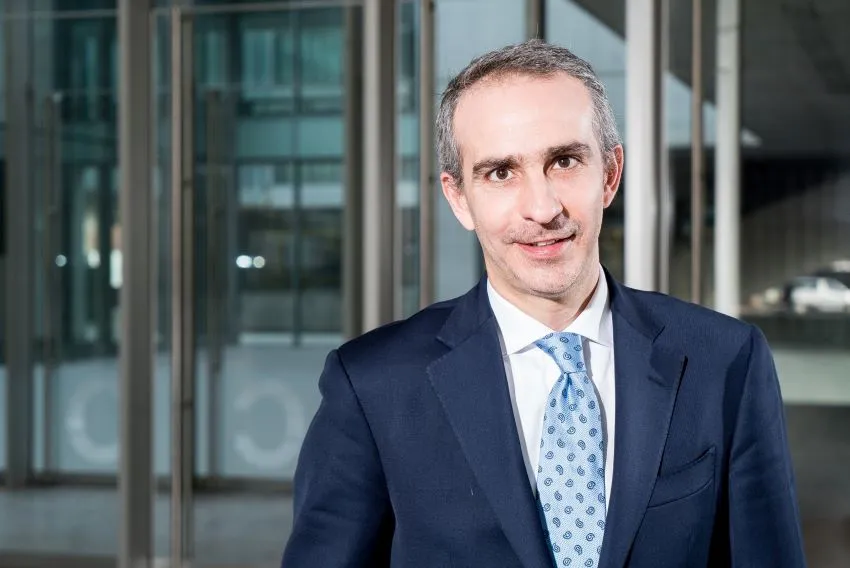
Air Transportation: A Polluting System That Needs Reevaluating. The Example of Schiphol
Amsterdam's Schipol Airport, one of Europe's largest hubs, has taken a drastic decision; starting from 2025/2026 it will no longer allow private jets on its runways. The initiative, while part of a broader plan to reduce the environmental impact of air traffic around the area of the Dutch airport, also bears symbolic significance. Private jet traffic is in fact dramatically increasing, especially in Europe, where in 2022 there were about 572,000 private flights – 10% of which from Italy – with a growth of 64% from the previous year. This phenomenon has severely negative impacts on air pollution, even if it is the air traffic sector in general that causes very high greenhouse gas emissions, as Matteo Di Castelnuovo – Director of the Master in Sustainability and Energy Management at Bocconi University – explains in this interview.
Schipol's decision, blocked by a Dutch court following an appeal filed by some airlines, has appeased many environmental organizations. However, will it really matter in the broader fight against reducing greenhouse gas emissions?
In absolute terms, emissions from private jets alone are not that significant; however they are very significant when calculated in relation to the number of passengers. Emissions are actually 5-14x times higher than those of a commercial flight, and even 50 times higher compared to those of a train.
The symbolic aspect – more than anything – should be considered, especially if other airports follow suit.
Without a doubt. We are living in a time where everyday people are asked to make sacrifices regarding energy saving – starting with household heating – while the super rich, essentially those who use private jets, seem immune to this. In France this is a particularly hot topic, yet private jets will continue to fly for now. However, the country is set to increase taxes by 70% on fuel for private jets – a strong message sent by the government.
More broadly, it is air traffic that is being blamed, because it has rebounded dramatically after the forced decline due to the pandemic. Is it really that polluting?
In addition to polluting, it is also unfair. I would start with some numbers to give an idea. Worldwide civil aviation is responsible for 2.5% of carbon dioxide emissions, a percentage that is growing. Consider that 80% of the planet's inhabitants have never taken a plane, and that recent data say that 50% of all aviation emissions were caused by 1% of the population. Aircraft usage is growing at a faster rate than the rate of cutting emissions, which increased by 1% in 2022 mostly due to the higher number of flights. That percentage may seem insignificant, but in reality it is incredibly important as we cannot afford any further increases at this point if we want to respect the environmental commitments made at the international level.
The transportation sector in general is in the dock. Where do things really stand?
At the EU level, the transportation sector contributes 26% of greenhouse gas emissions, largely caused by cars, while the aviation sector contributes 3.5% – higher than the worldwide number. In the United States, the percentages are even higher in both cases. It is therefore clear that transportation policy must undergo a profound transformation.
Once the disease has been diagnosed, the cure must be identified. Everyday people are asked to buy less polluting cars and, where possible, use more sustainable modes of transportation. As far as air travel is concerned, what needs to be done to make flying more sustainable?
First of all, we need to do something about fossil fuels, which today remain mainly hydrocarbon-based and therefore highly polluting, by gradually replacing them with sustainable aviation fuels (SAF). The latter possess the same physical and chemical characteristics as traditional fuels but are produced using various waste materials such as cooking oils, municipal waste and agricultural waste instead of gas. The electric solution is not even considered an option for the moment. A second solution is to act on operational efficiency, that is, to make flights more efficient – requiring an updated design and engineering. Thirdly, we need to change our behavior. What is needed is a restructuring of civil aviation use that leads to more people choosing other modes of transportation over airplanes. Take for example the Milan-Rome route, conveniently served by rail. Young people are more interested in traveling by train, and that is our hope for the future.